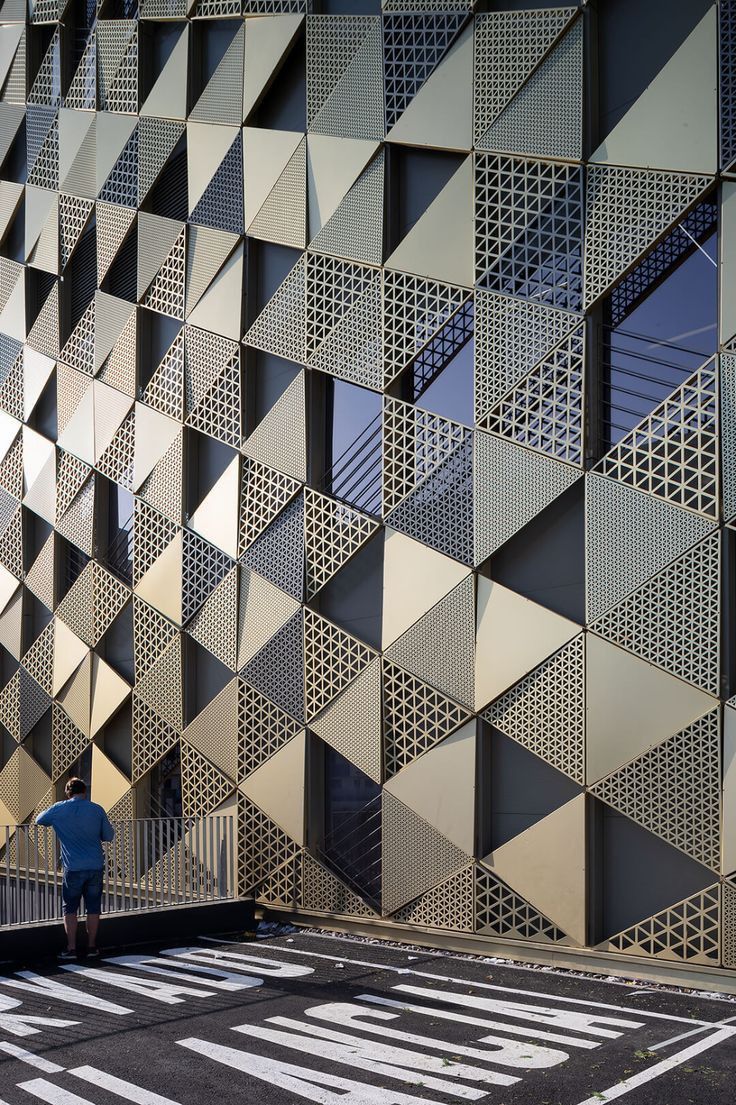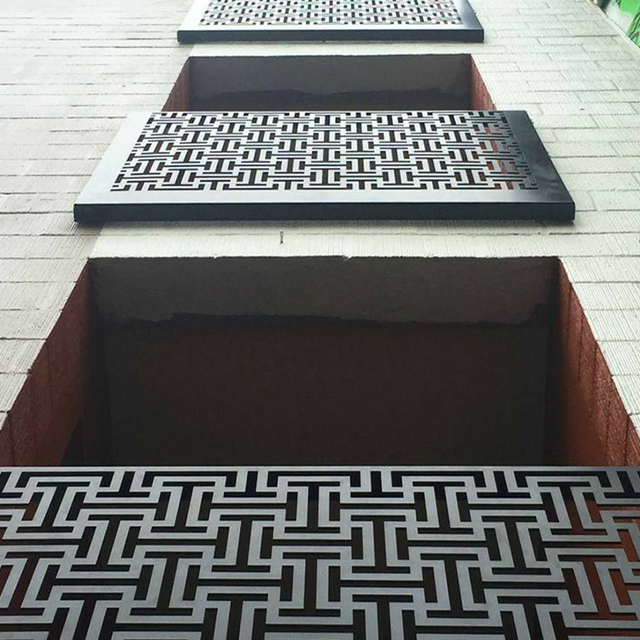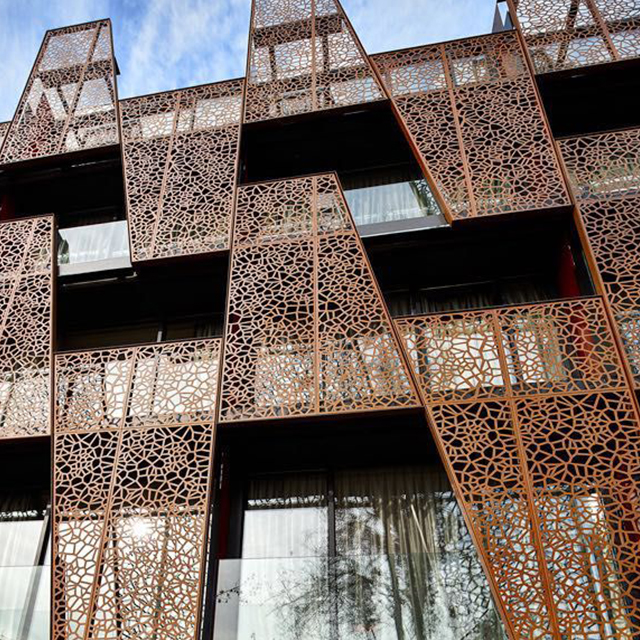Curtain walls are non-load-bearing exterior walls that are attached to a building’s structural frame. They provide a stylish and functional façade for buildings, while also offering several other benefits, such as:
- Improved energy efficiency: Curtain walls can help to reduce heat loss in the winter and heat gain in the summer, which can lead to significant energy savings.
- Enhanced curb appeal: Curtain walls can give a building a modern and sophisticated look, which can increase its value and attract tenants or buyers.
- Increased occupant comfort: Curtain walls can help to reduce noise levels and improve air quality inside a building, which can lead to a more comfortable and productive environment for occupants.

Types of Curtain Wall Systems
There are several different types of curtain wall systems available, each with its own unique characteristics and benefits. The most common types of curtain wall systems include:
| Type of Curtain Wall | Description | Benefits | Disadvantages |
|---|---|---|---|
| Stick-built Curtain Wall | Curtain wall components are assembled piece by piece on site. | Flexible and easy to customize | Time-consuming and labor-intensive to install |
| Unitized Curtain Wall | Curtain wall panels are prefabricated in a factory and assembled on site. | Quicker and easier to install than stick-built curtain walls | Less flexible and customizable |
| Semi-unitized Curtain Wall | A combination of stick-built and unitized curtain wall systems. | Offers the benefits of both stick-built and unitized curtain walls | Can be more complex and expensive to install than either stick-built or unitized curtain walls |
| Structural Glazed Curtain Wall | Glass panels are the primary structural component of the curtain wall. | Creates a sleek and minimalist appearance | Can be more expensive than other types of curtain walls |
| Point-Supported Curtain Wall | Glass panels are supported by individual points of connection. | Offers a high degree of transparency | Can be more expensive and complex to install than other types of curtain walls |
| Cable Net Curtain Wall | Glass panels are supported by a network of cables. | Creates a unique and eye-catching appearance | Can be more expensive and complex to install than other types of curtain walls |
| Double Skin Curtain Wall | Two layers of curtain wall are installed with an air gap between them. | Provides excellent thermal insulation and soundproofing | Can be more expensive and complex to install than other types of curtain walls |
| Stone Veneer Curtain Wall | Stone panels are attached to the curtain wall system. | Creates a natural and elegant appearance | Can be heavy and difficult to install |
| Aluminum Curtain Wall | Aluminum panels are used for the curtain wall system. | Lightweight, durable, and affordable | May not be as aesthetically pleasing as other types of curtain walls |
| Steel Curtain Wall | Steel panels are used for the curtain wall system. | Very strong and durable | Can be heavy and expensive |
| Timber Curtain Wall | Timber panels are used for the curtain wall system. | Provides a natural and warm appearance | Can be susceptible to rot and insect damage |
| Glass Fin Curtain Wall | Glass fins are used to support the curtain wall system. | Creates a unique and modern appearance | Can be more expensive and complex to install than other types of curtain walls |
Choosing the Right Curtain Wall System
The best type of curtain wall system for a particular building will depend on a variety of factors, including the building’s location, climate, architectural style, and budget. It is important to consult with an experienced architect or engineer to choose the right curtain wall system for your project.
Conclusion
Curtain walls are a versatile and durable solution for building exteriors. They offer a wide range of benefits, including improved energy efficiency, enhanced curb appeal, and increased occupant comfort. With so many different types of curtain wall systems available, there is sure to be a system that is perfect for your next project.


